In a significant advancement in artificial intelligence technology, Google has recently updated its AI image generator, Imagen, to create photorealistic pictures with legible text. This update aims to address the common issue of AI-generated text within images being unreadable or awkwardly rendered.
What is Google Imagen?
Google Imagen is a text-to-image generation system developed by Google’s Brain Team. It utilizes advanced AI techniques to create high-fidelity images from textual descriptions. This technology combines diffusion models and transformer models to produce images that closely align with the input text, achieving remarkable photorealism and accuracy.
How Does Google Imagen Work?
Google Imagen uses a large frozen T5-XXL encoder to convert text into embeddings. These embeddings are then processed by a conditional diffusion model that maps them into a low-resolution 64×64 image. This image is progressively upscaled to achieve high resolution and photorealism. The result is an image that matches the text description with impressive detail and accuracy.
Enhanced Capabilities with Imagen 2
The latest update, Imagen 2, brings several improvements over its predecessor. One of the key enhancements is its ability to generate more realistic and detailed images, including human faces and hands, which have traditionally been challenging for AI. Imagen 2 also features improved text rendering within images, making the generated text clearer and more legible.
The training dataset for Imagen 2 includes detailed image-caption pairs, which help the model understand various captioning styles and improve its ability to align images with textual prompts accurately. This enhanced dataset allows Imagen 2 to better grasp the context and nuance of user prompts, resulting in higher-quality images.
Applications and Uses
Google Imagen’s advanced capabilities open up a wide range of applications, from creative industries to educational tools. Artists and designers can use it to generate concept art and design ideas, while educators can create visual aids and learning materials. The technology also holds potential for advertising and marketing, where realistic images with precise textual content can enhance promotional materials.
Ethical Considerations
Google has implemented robust safety measures to mitigate potential risks associated with AI-generated content. Imagen 2 integrates with SynthID, a toolkit for watermarking and identifying AI-generated images. This feature helps prevent misuse by embedding an imperceptible digital watermark into the images, ensuring that they can be traced back to their AI origins even after modifications.
Moreover, Google is cautious about the societal impact of such powerful AI tools. The company has decided not to release the Imagen code or a public demo until further safeguards are in place to address ethical challenges and prevent misuse.
As Google continues to refine Imagen, the potential for AI in image generation looks promising. The company is exploring responsible ways to make this technology available to a broader audience while ensuring safety and ethical standards. Users can expect further enhancements in image quality, text alignment, and usability in future updates.
Google’s updated AI image generator, Imagen 2, represents a significant step forward in text-to-image generation technology. With its ability to create photorealistic images with legible text, it offers vast potential across various industries while addressing ethical concerns. As this technology evolves, it is poised to revolutionize how we create and interact with digital images.

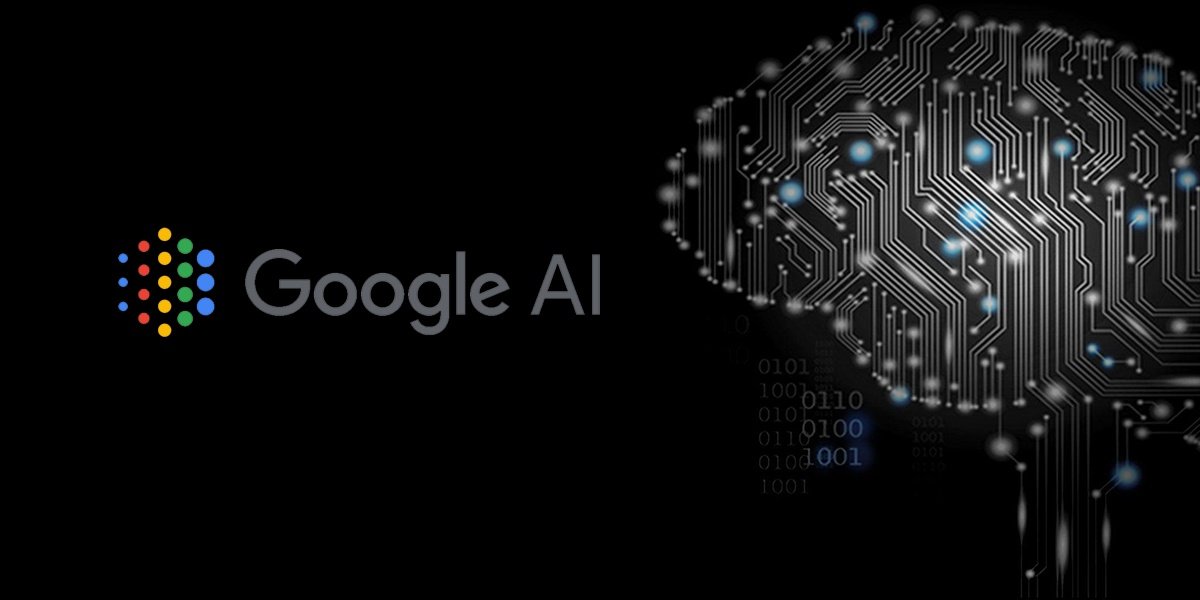
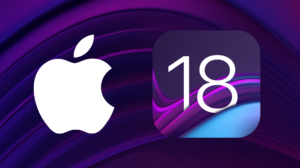


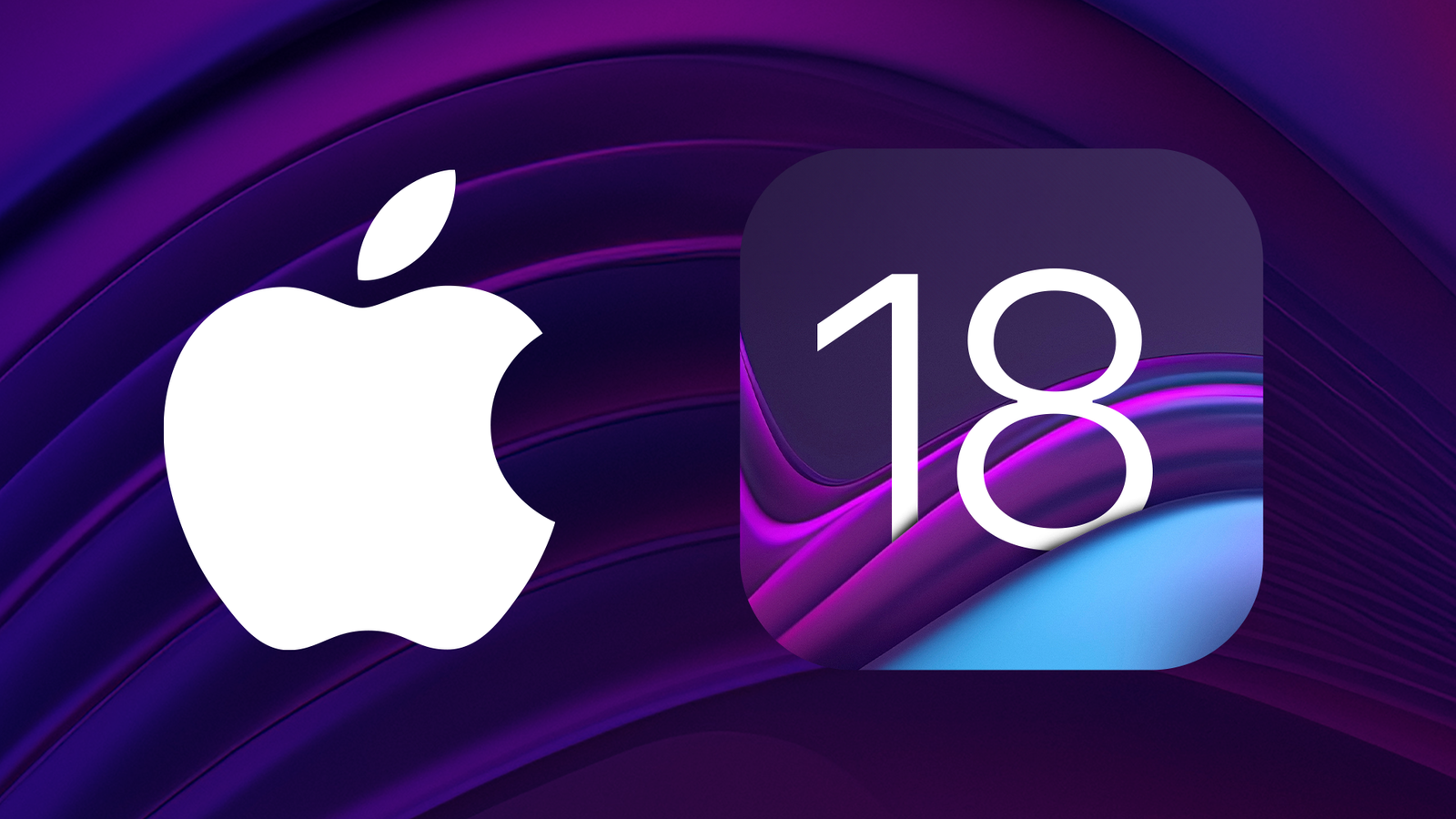


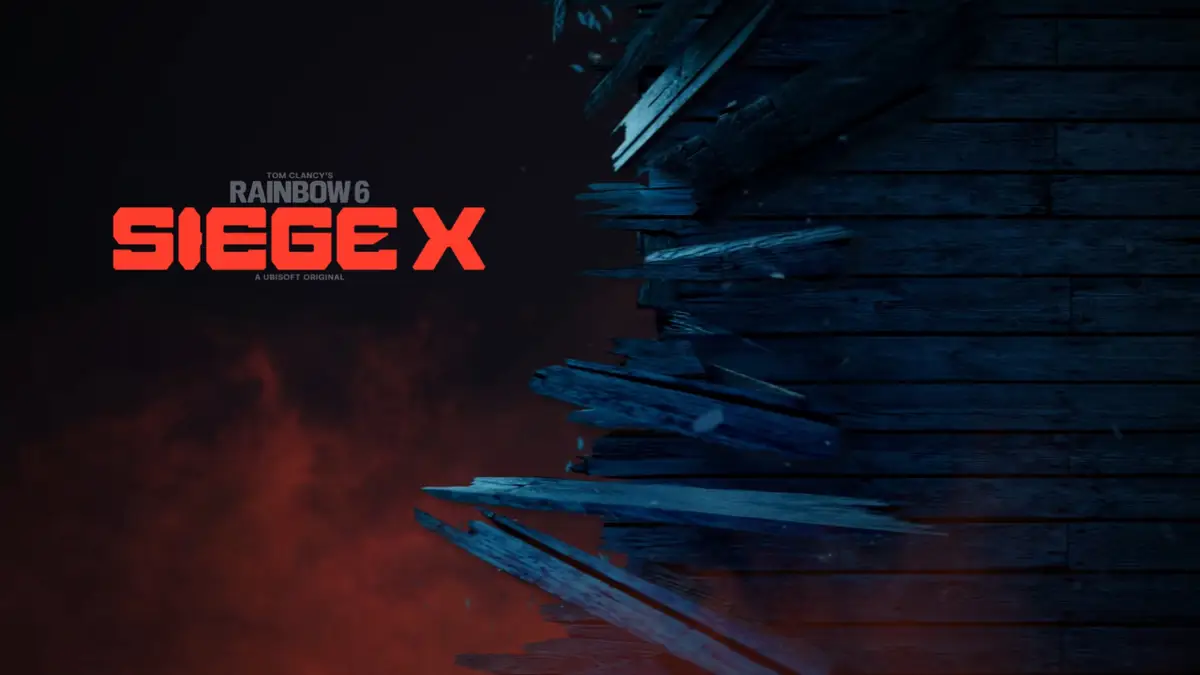
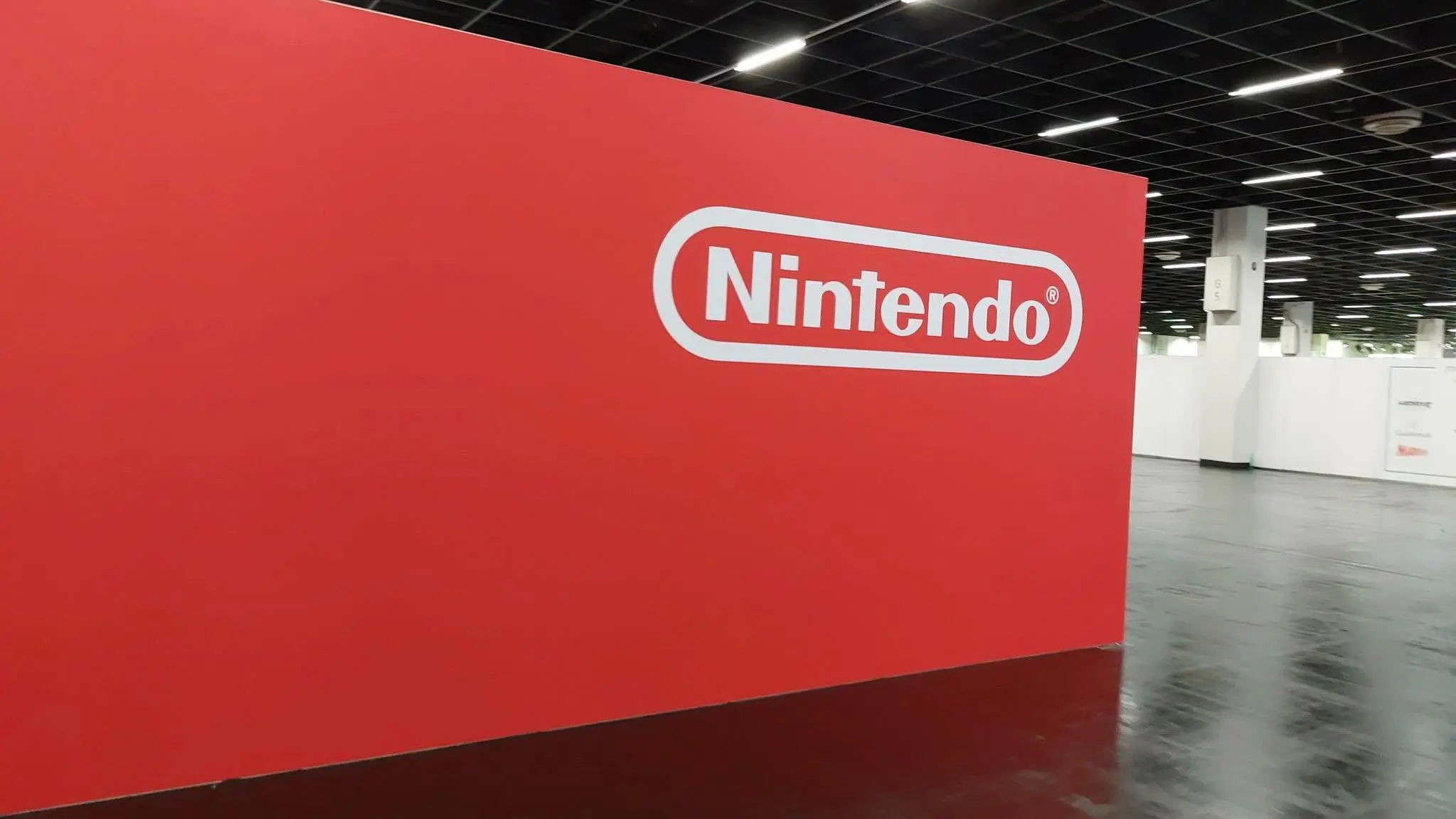









Add Comment